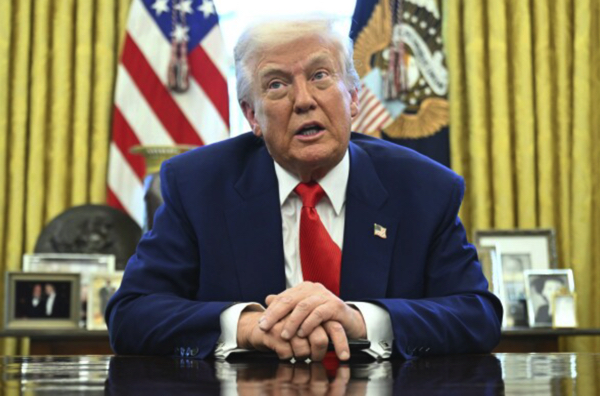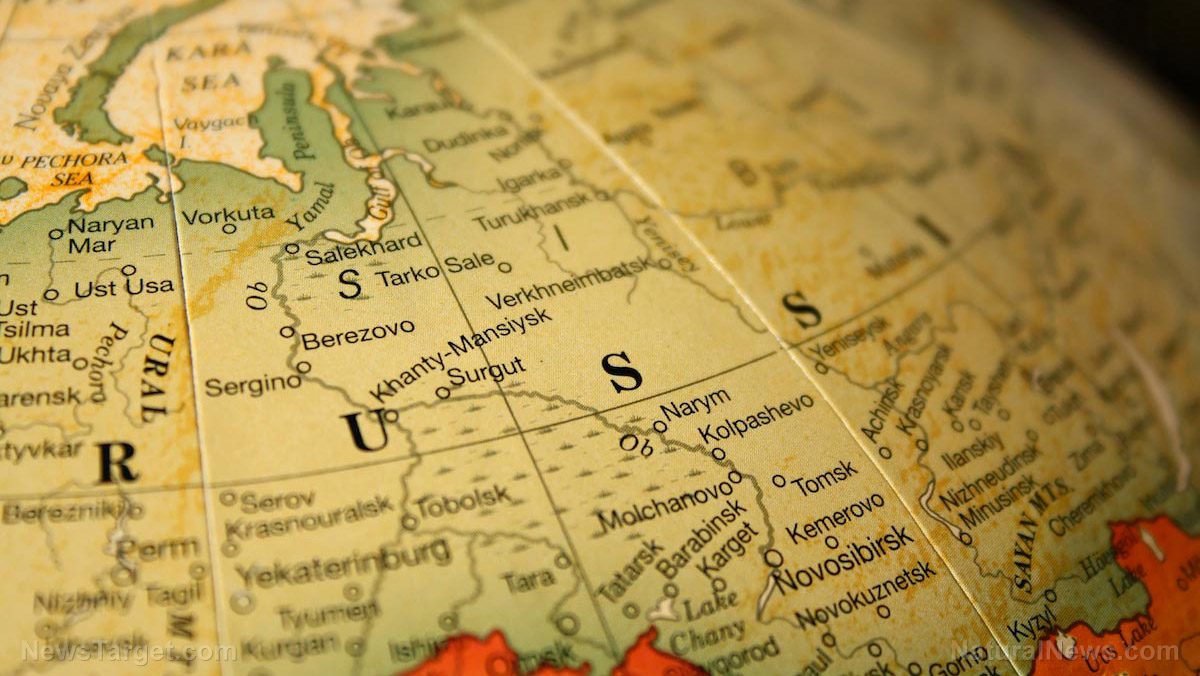Dollar dominance under threat as markets react to Trump’s trade policies
By isabelle // 2025-04-18
Tweet
Share
Copy

- Trump’s tariffs risk speeding up the decline of the dollar’s global reserve status, unsettling markets.
- The dollar’s dominance has long lowered U.S. borrowing costs, but alternatives from China and Russia threaten it.
- Trade wars and sanctions push countries toward non-dollar transactions, weakening demand for the greenback.
- Losing reserve status could raise interest rates, inflation, and borrowing costs for everyday Americans.
- The U.S. must balance economic nationalism with preserving dollar trust to avoid long-term financial instability.
A historic advantage in jeopardy
The U.S. dollar became the world’s reserve currency after World War II, cemented by the 1944 Bretton Woods Agreement. This privileged position allowed America to borrow cheaply, control global trade flows, and print currency with minimal inflation risks. Even during past market downturns, investors rushed to dollar-backed assets like Treasury bonds as a safe haven. But recent trends suggest that confidence is slipping. Despite ongoing geopolitical tensions and market volatility, demand for the dollar has weakened — an anomaly that signals a shift in global perceptions. Historically, the dollar’s strength relied on trust in U.S. economic stability and policymaking. Yet Trump’s aggressive tariffs—while popular with his base — introduce unpredictability. Trade wars disrupt supply chains, retaliatory measures hurt exporters, and sudden policy shifts spook investors.The rise of alternatives to the dollar
China and Russia, eager to reduce reliance on American financial systems, have redoubled efforts to create alternative payment networks. China’s yuan-denominated oil futures and Russia’s development of the SPFS (a SWIFT alternative) are direct challenges to dollar hegemony. Even traditional allies in Europe and the Middle East are exploring workarounds to avoid U.S. sanctions and transaction fees. A coalition of BRICS nations recently discussed a gold-backed currency, though no concrete system has yet emerged. These moves are partly retaliatory — a response to U.S. sanctions and tariffs—but they also reflect long-term strategic calculations. While full de-dollarization won’t happen overnight, the groundwork being laid now could diminish the dollar’s role over the next decade.What losing reserve status would mean for Americans
The average American might not track Forex markets or central bank reserve allocations, but the consequences of a weaker dollar would be impossible to ignore. Reserve currency status keeps U.S. interest rates low, mortgages affordable, and imports cheap. If the dollar falters, borrowing costs for businesses and consumers would rise, pushing up credit card rates, car loans, and mortgages. Inflation could follow as imported goods become more expensive. The U.S. government also benefits from dollar dominance by issuing debt at favorable rates. Without it, deficit spending would become far costlier, forcing austerity measures or higher taxes. Some economists warn that tariffs, while politically popular, could hasten these outcomes by fueling inflation and encouraging trade partners to abandon dollar-based transactions. President Trump’s trade policies are rooted in a legitimate desire to revive American manufacturing. However, the collateral damage to the dollar’s credibility may outweigh the gains. Policymakers must weigh short-term industrial wins against long-term financial stability. While no single policy will dethrone the dollar overnight, the cumulative effect of trade wars, geopolitical rivalries, and competing financial systems could erode its standing irreversibly. The solution isn’t to abandon economic nationalism entirely but to pursue it without undermining the dollar’s unique role. A more predictable trade approach, combined with efforts to strengthen trust in U.S. markets, could help preserve America’s financial edge. As foreign adversaries chip away at dollar dependency, the U.S. must act decisively—not just to protect industries, but to safeguard the foundation of its economic power. The time to address this threat is running short. The dollar’s decline won’t happen in a day, but the seeds of doubt are already sown. Without course correction, future generations may pay the price. Sources for this article include: MarketWatch.com Money.USNews.com Newsweek.com TheGuardian.comTweet
Share
Copy
Tagged Under:
collapse Donald Trump market crash White House big government trade risk money supply pensions Us Dollar bubble reserve currency tariffs currency reset dollar demise currency crash dedollarization economic riot finance riot
You Might Also Like
Trump chooses negotiation table over Israeli airstrikes in key Iran policy decision
By Cassie B. // Share
Manufacturing surge under Trump sparks optimism amid concerns over economic strains
By Willow Tohi // Share
Supreme Court weighs birthright citizenship restriction amid claims of executive overreach
By Willow Tohi // Share
Trump’s critical Ukraine minerals deal nears completion
By Cassie B. // Share
Recent News
Trump chooses negotiation table over Israeli airstrikes in key Iran policy decision
By isabelle // Share
Possible biosignatures detected on Exoplanet K2-18b, raising hopes for alien life
By isabelle // Share
"Wartime Homefront Essential Skills" on BrightU: How to grow and preserve food at home
By jacobthomas // Share









